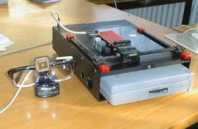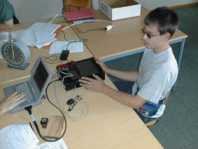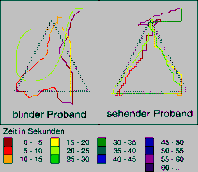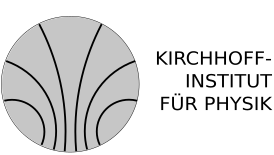A common problem for all tactile displays is the necessity to generate tactile patterns over a rather large geometrical surface. This turns out to be a challenge for mechanical design, electrical power dissipation and portability of such devices. Our group has developed a concept called 'virtual tactile display' (VTD). Here, a relatively small active area of 48 tactile pixel elements (taxels) is moved by the user across a large surface (164 mm x 159 mm). The tactile sensation is received with the fingertips. Only the small active area requires mechanical elements, supply of electrical power and computer control. The system is therefore simple and can be produced at low cost.

The tactile output device of the project is the VTD (Virtual Tactile Display) which has been developed and tested in the context of a thesis. The preprocessed data of the vision chip or image data of external sources such as graphics, internet, etc. can be presented in form of an elevated pattern on a virtual area, 2880 pixels in size, by means of the VTD. Braille modules, commonly used for reading at personal computers for blind persons are used to form the tactile pattern. Only that part of the image that is currently underneath the fingers of the observer is displayed in order to achieve a high resolution.

In a comparative examination with 6 blind and 4 seeing subjects it has been investigated by means of geometric patterns to what extent it is possible to recognize the presented pattern by tactile perception. We have recorded the movements during palpation and analyzed them in order to find out whether there are any similarities in pattern recognition between tactile and visual sensory channels. By comparing the two groups one will be able to see whether the loss of the visual channel causes pattern recognition to be transfered to tactile perception.

Electronic Visions Group – Prof. Dr. Johannes Schemmel
Im Neuenheimer Feld 225a
69120 Heidelberg
Germany
phone: +49 6221 549849
fax: +49 6221 549839
email: schemmel(at)kip.uni-heidelberg.de
How to find us


